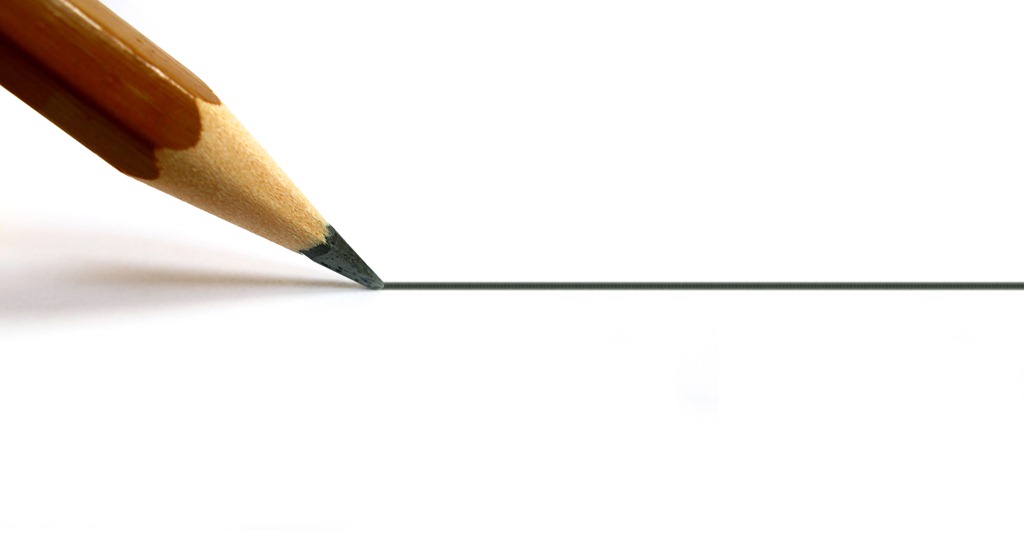Line draw between relationship pitch sales building know
Table of Contents
Table of Contents
If you’re an aspiring artist or illustrator, learning how to draw line is an essential skill to master. Line drawings serve as the foundation of many artistic styles and techniques, and knowing how to use lines effectively can help you communicate your ideas with clarity and impact.
For many beginners, starting a line drawing can be daunting. It’s easy to get discouraged when your lines seem shaky or uncertain. But with practice and the right techniques, you can create clean, confident lines that express your vision with precision and style.
The key to drawing successful lines lies in understanding the various tools and techniques at your disposal. Whether you’re working with a pen, pencil, or digital tablet, there are specific strategies you can use to create professional-looking lines that capture your subject’s unique character and energy.
To draw a line, start by selecting your drawing tool of choice. If you’re using a pencil, hold it near the end and use a light touch to create thin, delicate lines. If you’re using a pen, hold it near the nib and apply pressure to vary the line weight. Many digital drawing programs have a similar range of brush options to choose from, offering you a variety of line weights and textures to play with.
My Experience on How to Draw Line:
When I first began experimenting with drawing, I struggled with creating smooth, continuous lines that captured the essence of my subjects. But after practicing and studying the work of other artists, I discovered a few key tools and techniques that helped me achieve the look I wanted.
One tip that helped me a lot was using a ruler or straightedge to guide my lines. By resting my hand on a stable surface and focusing on my breathing, I was able to create lines that were straight and consistent. I also experimented with different line weights and textures, using thicker or darker lines to create contrast and give my drawings more visual interest.
Techniques for Drawing Line:
Another important technique for creating smooth lines is to draw with your whole arm, not just your wrist. By using your entire arm to guide the pen or pencil, you can achieve a more fluid motion and avoid creating jagged, uneven lines. It’s also important to experiment with different grips and angles, finding the approach that feels most comfortable and natural for you.
Different Types of Lines:
When it comes to drawing, there are myriad types of lines to explore, each with its own unique purpose and effect. Some common types of lines include contour lines, which define the outlines of a subject, and cross-contour lines, which show the shape and structure of a form. Hatching and cross-hatching are also popular techniques for building up volume and texture, while scumbling can add a soft, dreamy quality to your work.
The Importance of Practice:
Ultimately, the key to drawing successful lines is practice. By setting aside regular time to sketch and experiment with different techniques, you can build your skills and develop your unique artistic style. Just remember that there’s no “right” or “wrong” way to draw lines – it’s all about finding the tools and strategies that work best for you and your creative goals.
Conclusion of how to draw line:
Learning how to draw line is an ongoing process, but with patience and practice, it’s a skill that anyone can master. Whether you’re a professional artist or just starting out, exploring the many different types of lines and techniques available can help you create dynamic, engaging work that connects with your audience on multiple levels.
Question and Answer:
Q: What is the purpose of cross-hatching?
A: Cross-hatching is a popular technique for creating shading and texture in a drawing. By layering multiple sets of parallel lines at different angles, you can build up a sense of depth and volume in your work.
Q: What is the difference between contour and cross-contour lines?
A: Contour lines are used to define the outlines of a subject, while cross-contour lines show the form and structure of a form. For example, if you’re drawing a sphere, cross-contour lines would show the way the form bulges out and recedes in different areas.
Q: How can I improve my line drawing skills?
A: The best way to improve your line drawing skills is through practice. Set aside time every day to sketch and experiment with different techniques and tools. You can also study the work of other artists and take online courses to learn new skills.
Q: Is it important to study anatomy when learning how to draw lines?
A: Yes, studying anatomy can help you create more accurate and realistic lines in your work. Whether you’re drawing people, animals, or objects, understanding the underlying structure and movement of your subject can help you create more dynamic and expressive lines.
Gallery
File:Geom Draw Line.png - Wikimedia Commons

Photo Credit by: bing.com / draw line file geom commons wikimedia other resolutions preview
Line Pattern Drawing At GetDrawings | Free Download

Photo Credit by: bing.com / line drawing pattern getdrawings
Draw The Line Between Sales Pitch And Relationship Building | Joshua

Photo Credit by: bing.com / line draw between relationship pitch sales building know
Programmers Sample Guide: HTML5 Canvas Draw Line Tutorial - Change

Photo Credit by: bing.com / line draw canvas width html5 programmers sample guide source
40 Best Examples Of Line Drawing Art

Photo Credit by: bing.com / line drawing examples






